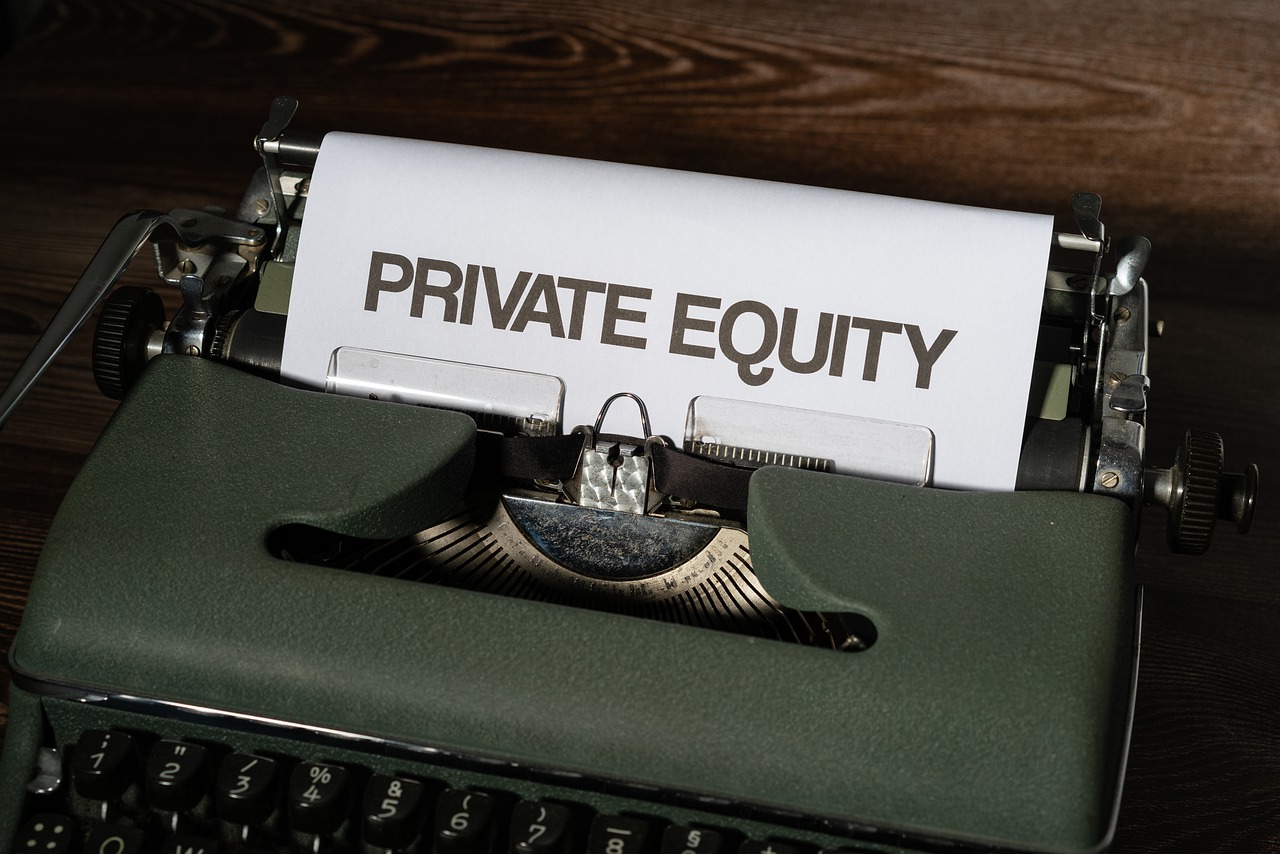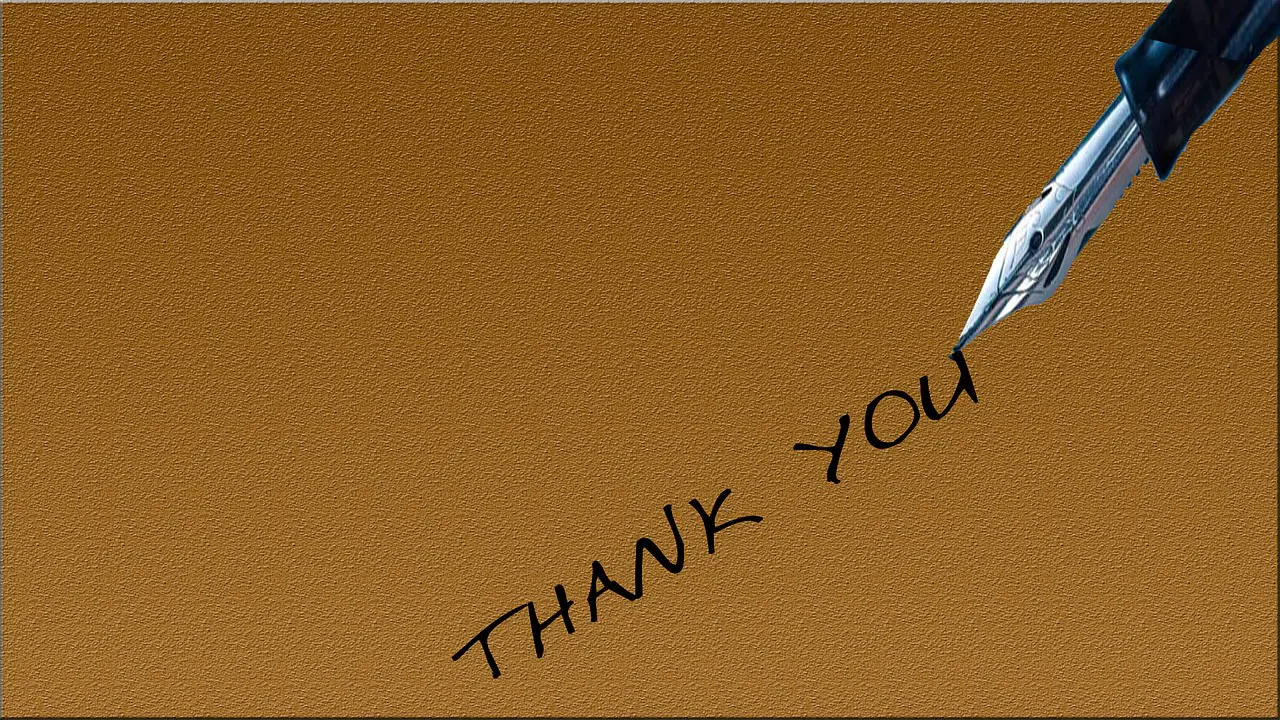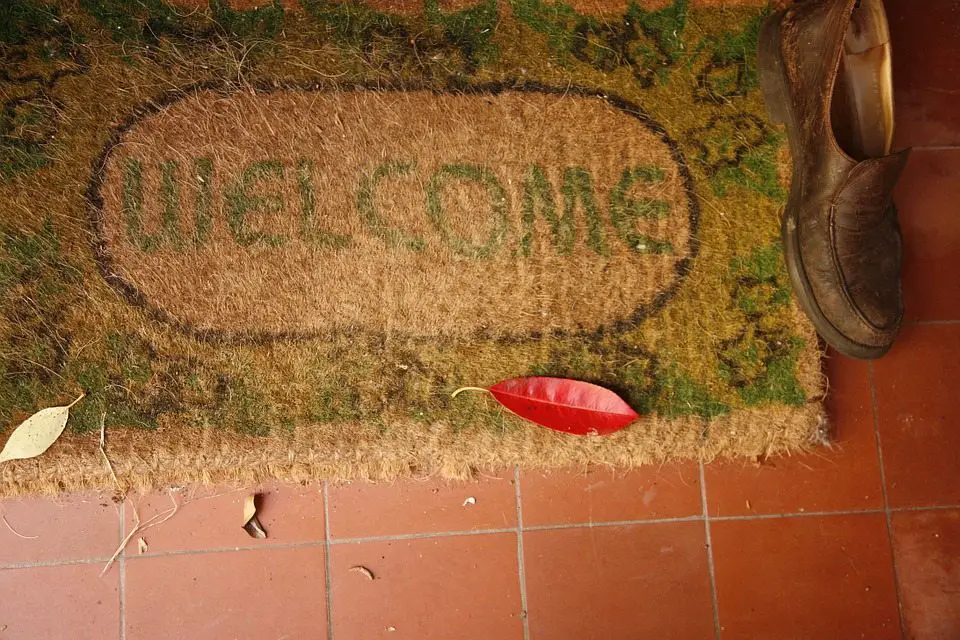
Compared to a resident salary, any United States radiologist salary seems like much. And near us in the New York tri-state area, we sense that everything we buy is so expensive. But, how much more expensive is it? To tackle this question, we have to think of this differently. In the world of numbers and finance, the best way to understand finances is to compare one value to another. So, we will do just that.
Many of us here talk about how much more we would earn in take-home pay if we moved to the midwest. So, I decided to take a “nice” community out west that we could compare to ours. Specifically, I thought it would be interesting to think about what you would make if you lived in Omaha (if it’s good enough for Warren Buffet, it’s good enough for me!). And, then we could compare that amount with the Tristate area (my home turf of Northern New Jersey- Essex County).
Next, to standardize the calculations as best as possible, we will consider an average radiologist salary specific to both areas using a great radiologist salary map from Doximity from 2015. (an average is not perfect because it assumes you have been practicing for some time but is a reasonable estimate) Then, we will estimate expenses for a family of 4 in a similar type of home with four bedrooms (zillow.com helped us with the calculation) in a quality neighborhood with average student loans.
We will also assume that children attend public school and that your daily living expenses are average for the community. (numbeo.com helped us out with that) Subsequently, we will figure out how much you will be able to save over a year on a radiologist’s salary. And finally, we will compare what you can save and spend if you live in one place versus another.
Now, I know that we can’t account for everything. You may decide that you want to buy a more expensive house. Or, perhaps, you have a sweeter package at your practice than the averages I discuss. Additionally, I am not assuming that you will start lower on a partnership track and have a higher income when it is over. And I may not be accounting for other expenses. Nevertheless, these calculations are made to factor out the different locations, the goal of this article. So, let’s begin the comparison!
Northern New Jersey (Essex County)
So, in Essex County, the mean radiologist salary is 387,366 dollars. Let’s then assume you have the average-priced home in a nice neighborhood with a four-bedroom house. Based on a Zillow calculation, in Livingston, that would be $641,000. We will also assume that you have saved 64,100 dollars or about 10% for a down payment and that you have taken out a 4% mortgage for the rest over 30 years. (or, you will be paying yearly expenses of 36720 dollars with 25434 dollars of that interest). Then, we will calculate your annual payments based on the average student loan debt of $207,000. (You will try to pay it off over five years at 48948 dollars per year)
Property taxes in Livingston are somewhere around 2.3% per year. (14,473 dollars) Based on the cost of living, utilities for the four-bedroom house in Livingston would cost 4380 dollars per year (20 percent more in Omaha). Homeowner insurance would be another 1500 dollars per year. In Essex county, food expenses are 20% more (Let’s assume they are 1200 per month or 14,400 dollars per year).
Therefore, income after taxes and deductions is 387,366- 18,500 (retirement savings)- 83,867 (federal taxes)- 19,454 (state taxes) or 265,545 dollars. Let’s then subtract utilities (4,380 dollars) and food expenses (14,400 dollars). That takes us down to 257798 dollars. Then, let’s deduct the student loan annual expense of 48,948 dollars. That takes us to 208,850 dollars. After paying the mortgage and property taxes, and insurance, we are down to 156,157 dollars.
Now, we also need a car, don’t we? So, let’s assume that you are paying off a 30,000-dollar vehicle over three years. At a 2% interest rate, that is 859 dollars per month or 10,308 dollars per year. That takes us down to 145,849 dollars. You also need clothes. Let’s assume an annual expense of 12,000 dollars per year for the family. Now we are down to 137,849 dollars. Of course, we need to maintain the house at the cost of about 1 percent per year. That takes us down another 6410 dollars to 131,439—gas expenses per year- 10,000 miles per year or 1250 dollars per year. Car insurance costs another 2,000 dollars per year. Now we are down to 128,189 dollars.
There are also miscellaneous entertainment expenses and vacations. Say that would be 10,000 dollars per year. OK. Now we are at 118,189 dollars. Gardening and snow removal. Another 3000 dollars per year. or 115,189 dollars. Other expenses are out there that exist. But, we can’t go into too much detail. That sounds about right for a reasonable comparison.
Nebraska (Douglas County)
OK. In Omaha, Nebraska, the mean radiologist salary is similar to Northern New Jersey- 385,983 dollars. Based on the Zillow website, the average four-bedroom house is significantly lower at $254,000. Again, we will assume that you have 64,100 dollars already saved for a down payment and a 4% 30-year fixed mortgage (or a yearly payment of 10879 dollars with 7535 dollars in interest). Like before, based on an average student loan debt of $207,000 (Lendme) with an interest rate of 6.8% over five years, the amount paid per year will be 48948 dollars per year.
Property tax rates are slightly less in Omaha at approximately 2.1% of the assessed value or 5,334 dollars per year. Utilities are relatively similar in Omaha and Essex County at about 5976 dollars/year. Homeowner insurance is a lot less because of a significantly lower assessed house value at (254,000/641,000)* 1500 dollars or 594 dollars per year. And, food is somewhat cheaper at 14,400/1.2 or 12,000 dollars per year.
This time our income after taxes and deductions is 385983 dollars- 91,844 dollars (income tax) – 18,500 (retirement savings)- 23,437 dollars (state taxes) or 252,202 dollars per year. After taking away the annual student loan expense of 48948 dollars and the mortgage, property taxes, and insurance (10,879+5,334+594 or 16,807 dollars), we are down to a total of 186,447 dollars.
Cars in Omaha cost about 20% less overall, so let’s that that 30000 dollar car now costs 30,000/1.2 or 25,000. Assuming that you are going to pay it off over three years with an interest rate of 2% again, the total for the year would be 9,336 dollars. Now, we are at 177,111 dollars.
Clothing is about 10% less in Omaha, so your annual expense will be 12,000 dollars/1.1 or 10,909 dollars for the family. The total leftover now is 166,202 dollars. Maintenance on the house at 1% per year is 2,540 dollars per year, leaving over 163,662 dollars. Gasoline is similar in price at both locations at 1,250 dollars per year. Car insurance is lower, coming out to 1500 dollars per year. This expense takes us down to 160,912 dollars per year.
Entertainment expenses are about 30% less in Omaha, or 7,000 dollars, taking us down to 153,912 dollars per year. Gardening and snow removal are approximately 25% less at 2,250 dollars. Our final leftover take-home-pay after everything is 151,662 dollars.
Comparing A Radiologist Salary In Omaha And Northern New Jersey
The take-home pay difference between Nebraska and Northern New Jersey is at least 151,662- 115,189 or 36,473 dollars per year. That is significant dough! Theoretically, you can either put the additional money back into the mortgage or other investments, significantly increasing that sum over time. So, the question is- is living in Omaha worth at least 36,473 dollars of take-home worth it to you? Something to think about if you have lots of debt. It may make all the difference in the world!















